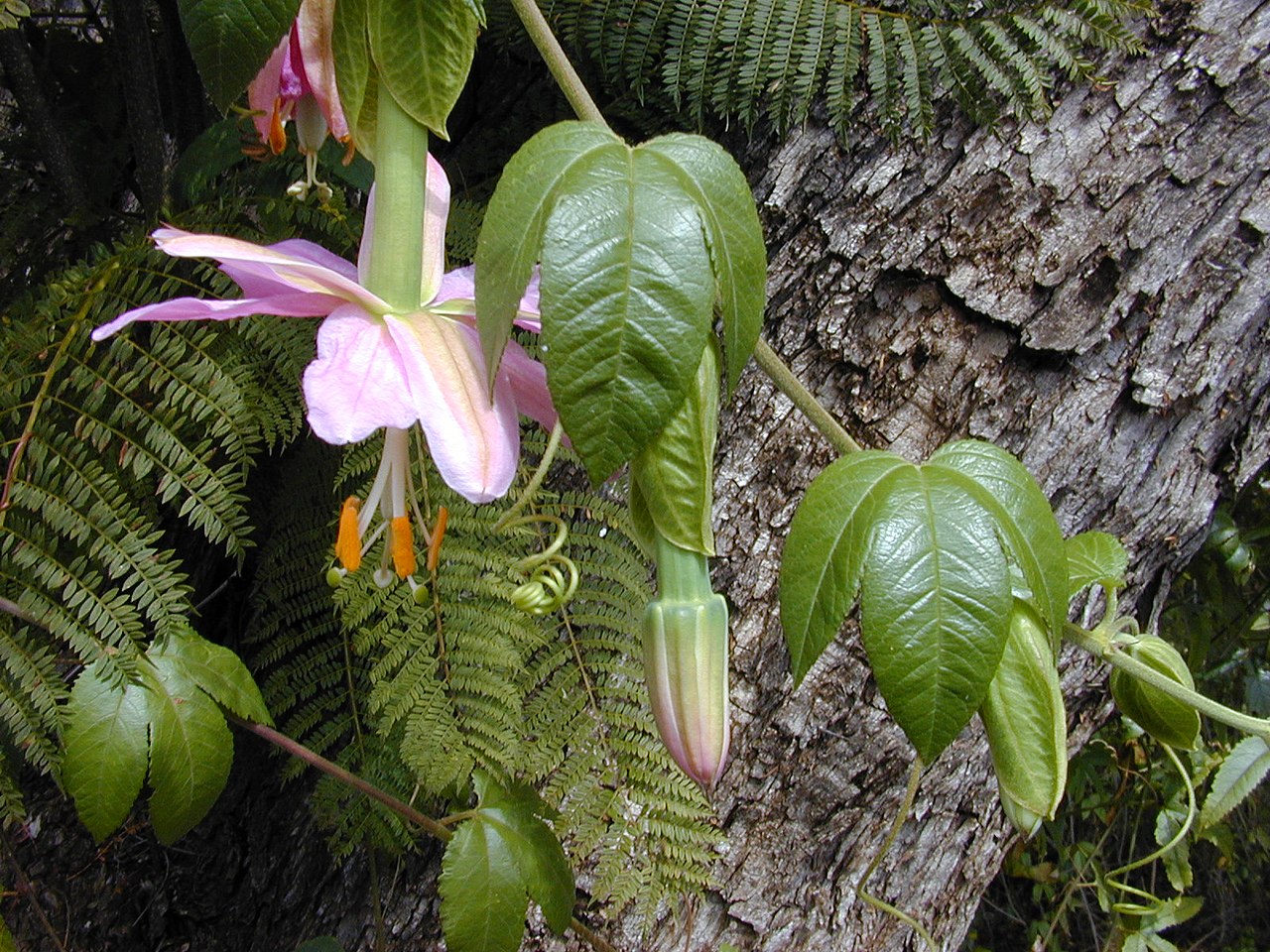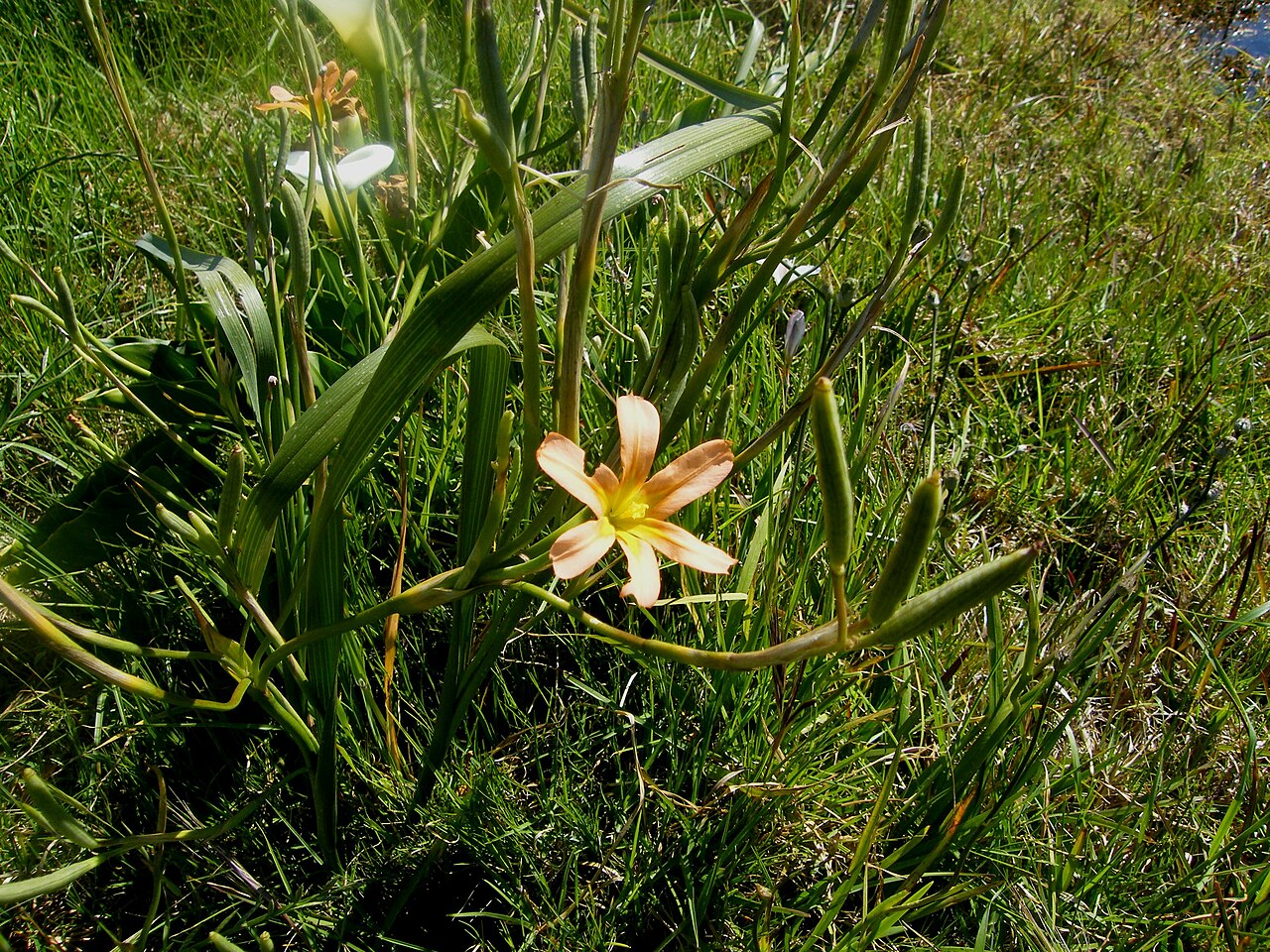
Common Name
Golden rain tree, Chinese flame tree, Chinese rain tree, Flame gold, Flame golden rain tree, Golden raintree, Pride of India, China Tree, and Varnish Tree
Scientific Name
Koelreuteria paniculata
Family
Sapindaceae
Lifecycle
Perennial
Seasons of Growth
Year-round
Key Distinguishing Feature
Small tree with clusters of yellow flowers and lantern-shaped seed pods
• It typically grows during the warmer seasons, with leaves emerging in spring and turning yellow in autumn. The tree produces clusters of yellow flowers in late spring to early summer, followed by fruit.
• Growth Form: Golden Rain Tree is a small to medium-sized tree that can reach heights of up to 12-15 meters (39-49 feet). It has a rounded to spreading canopy.
• Leaves: The leaves are pinnately compound and alternate. They are typically bright green and have a fine texture.
• Flowers: The flowers are small and yellow, borne in large, showy, terminal clusters. They have a distinctive appearance.
• Fruit: The fruit is a papery, bladder-like capsule that turns pink or reddish as it matures. Inside each capsule are small, shiny seeds.
• Habitat: Golden Rain Tree is commonly planted as an ornamental tree in urban areas, parks, and gardens. It is native to eastern Asia but has been introduced to other regions.
Ecological Impact:
1. Invasive Potential: In some regions, Golden Rain Trees can become invasive. They may outcompete native vegetation and disrupt local ecosystems, altering species composition and reducing biodiversity.
2. Seed Production: Golden Rain Trees produce large quantities of seeds, which can be spread by birds and animals. This contributes to their potential to invade new areas.
Control Methods:
Controlling Golden Rain Trees involves a combination of mechanical, chemical, and cultural methods. The approach should be tailored to the specific conditions and goals of the control effort. Here are some common control methods:
1. Manual Removal: For smaller trees or seedlings, hand-pulling or cutting can be effective. This should be done before the trees produce seeds. Remove the entire root system to prevent resprouting.
2. Herbicides: Herbicides may be used for larger trees. A systemic herbicide applied to the cut stump can be effective. Follow local regulations and safety guidelines when using herbicides.
3. Cultural Control: Promote native vegetation by planting and maintaining native species that are well-suited to the local ecosystem. This can help outcompete invasive species like Golden Rain Tree.
4. Long-Term Monitoring: Continuously monitor the area for regrowth of Golden Rain Trees and apply control measures as needed.
It is essential to consult with local environmental agencies, conservation organisations, or experts who are familiar with the specific invasive species and its impact in your area. They can provide guidance and recommendations for effective control methods tailored to your region's unique conditions and conservation goals.




